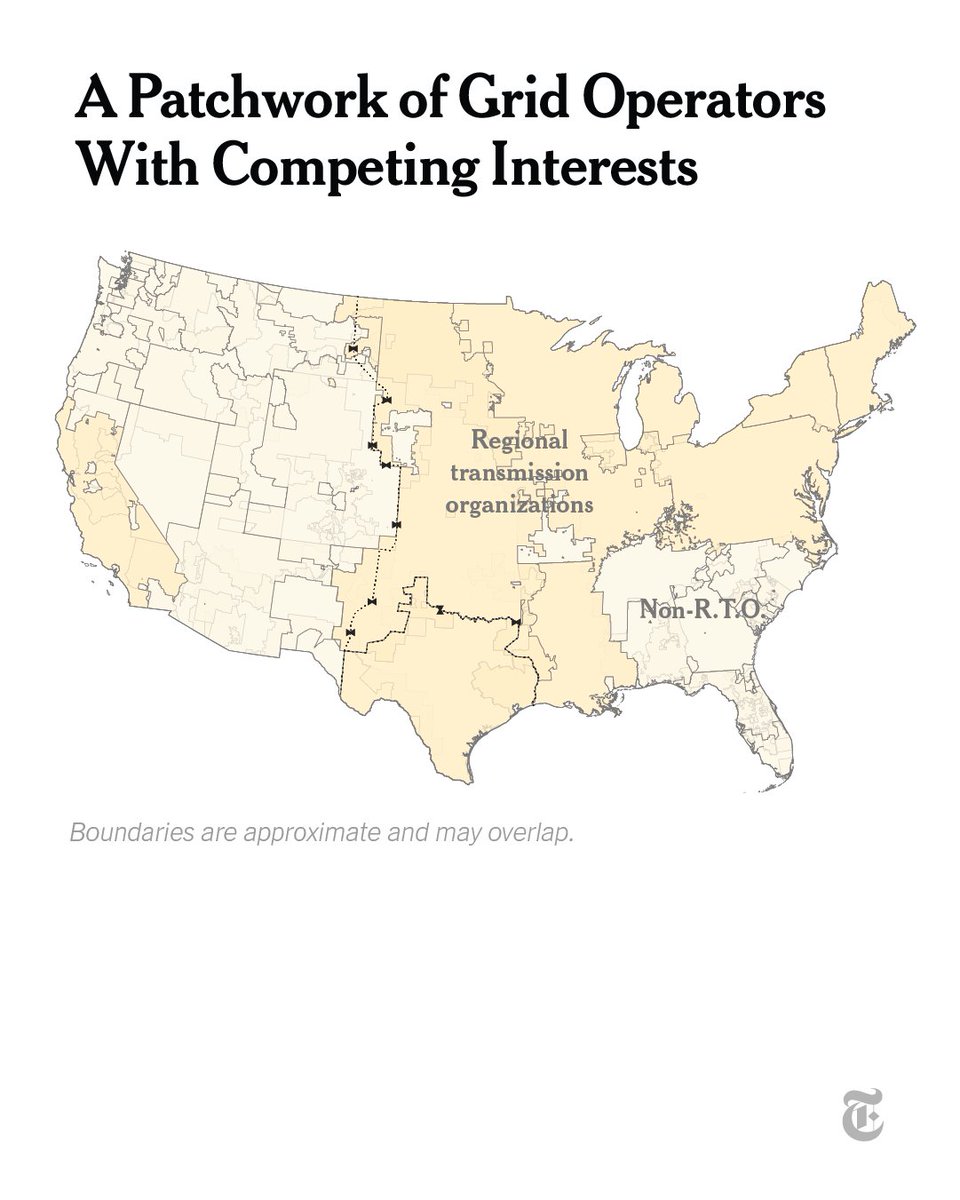Traffic stops are by far the most common police encounters with civilians. But the risk to officers has been overstated. The police and the courts presume danger. This has contributed to a series of seemingly avoidable killings across the U.S. nyti.ms/3pUreLV
Police officers have killed more than 400 drivers or passengers over the past five years who were neither wielding a gun or knife, nor under pursuit for a violent crime — a rate of more than one a week, our investigation found. nyti.ms/3Btgx5f
In case after case, officers said they had feared for their lives, and in almost every case prosecutors declared the killings of unarmed motorists legally justifiable. But our investigation found that evidence often contradicted the officers’ accounts. nyti.ms/3Btgx5f 

In dozens of these cases, police officers unnecessarily put themselves in danger. The officers then used lethal force to defend themselves against the threat they had stepped into. Criminologists call this "officer-created jeopardy." nyti.ms/3Btgx5f
Frequently, officers seemed to exaggerate the threat. In many cases, officers responded to disrespect or disobedience — a driver talking back or refusing to get out of a car — with outsize aggression, punishing what officers sometimes call "contempt of cop."
More than three-quarters of the unarmed motorists were killed attempting to flee. In interviews, some families of the drivers said their relatives were not blameless. nyti.ms/3Btgx5f 

The reasons people flee the police are often minor violations, according to experts. But law enforcement officers often wrongly assume that drivers who flee must be dangerous. nyti.ms/3bqVsxE 

Officers have reason to be wary in their approach: They don’t know who is inside a car or whether there are weapons. They say the dangers require readiness to use deadly force. nyti.ms/3Btgx5f 

A Times analysis found that the assertions about the heightened danger of traffic stops ignore the context: Vehicle stops far outnumber every other kind of police dealings with civilians. Police officers pull over tens of millions of vehicles each year. nyti.ms/3Btgx5f 

Many courts focus on only the moment a cop decides to use force — or what’s known as the "final frame" of the encounter — which protects officers and departments from legal liability. But if you rewind the video, the story often looks much more complicated. 

We rolled back the film of 120 fatal traffic stops.
We found a striking pattern. Officers put themselves at risk directly prior to using deadly force in over a third of the cases. We broke down the footage from three of those. nyti.ms/3GDN1xt
We found a striking pattern. Officers put themselves at risk directly prior to using deadly force in over a third of the cases. We broke down the footage from three of those. nyti.ms/3GDN1xt
• • •
Missing some Tweet in this thread? You can try to
force a refresh















